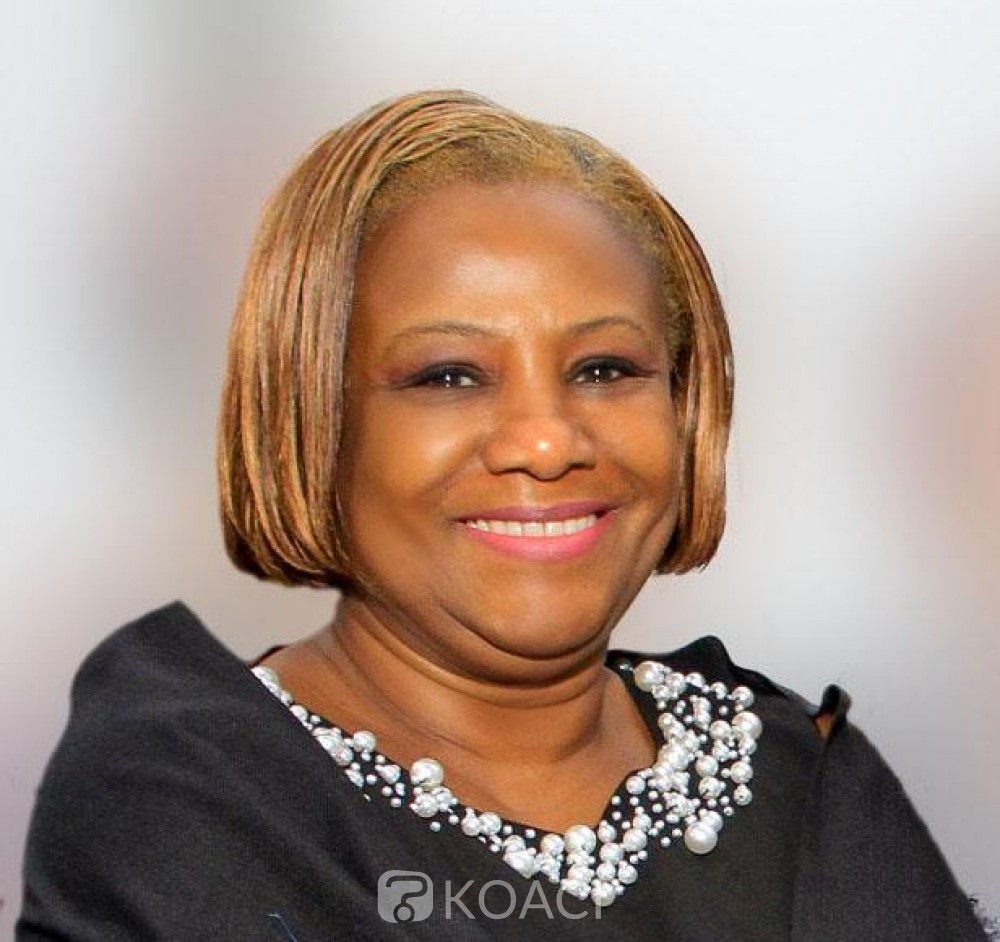The Long-Term IDRs of UBA CAM, UBA SEN, and UBA Ghana are driven by their standalone financial strength”. This is how Fitch Rating justified the ‘B’ it attributed to the subsidiaries of UBA in Cameroon, Ghana, and Senegal.
Noting that “the VRs of the three subsidiaries are constrained by the weak environments in which they operate”, Fitch reveals that these subsidiaries are profitable and their “ability to build up capital internally is positive”.
The rating agency also disclosed that because the banks are relatively small parts of the group, “the potential cost to the group in providing support to the subsidiaries if required, would not be too onerous”
“Loan portfolios are largely funded by deposits at the three banks, which report loans/deposits ratios of around 65%-75%. The banks’ funding structures are dominated by short-term and highly concentrated customer deposits, which expose the banks to withdrawal risk. The maturity profile of corporate loans is short-term while retail loans can be extended for up to three to five years. The banks’ balance sheets are liquid. This is credit-positive because it provides some protection against liquidity risks arising from notable asset and liability maturity gaps as no hedging instruments are in place. However, the banks’ large stockpile of government bonds can readily be repoed at local central banks to provide immediate liquidity if required”, Fitch revealed in a press release.




































